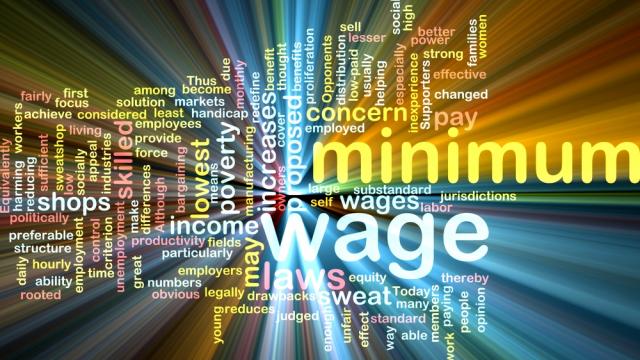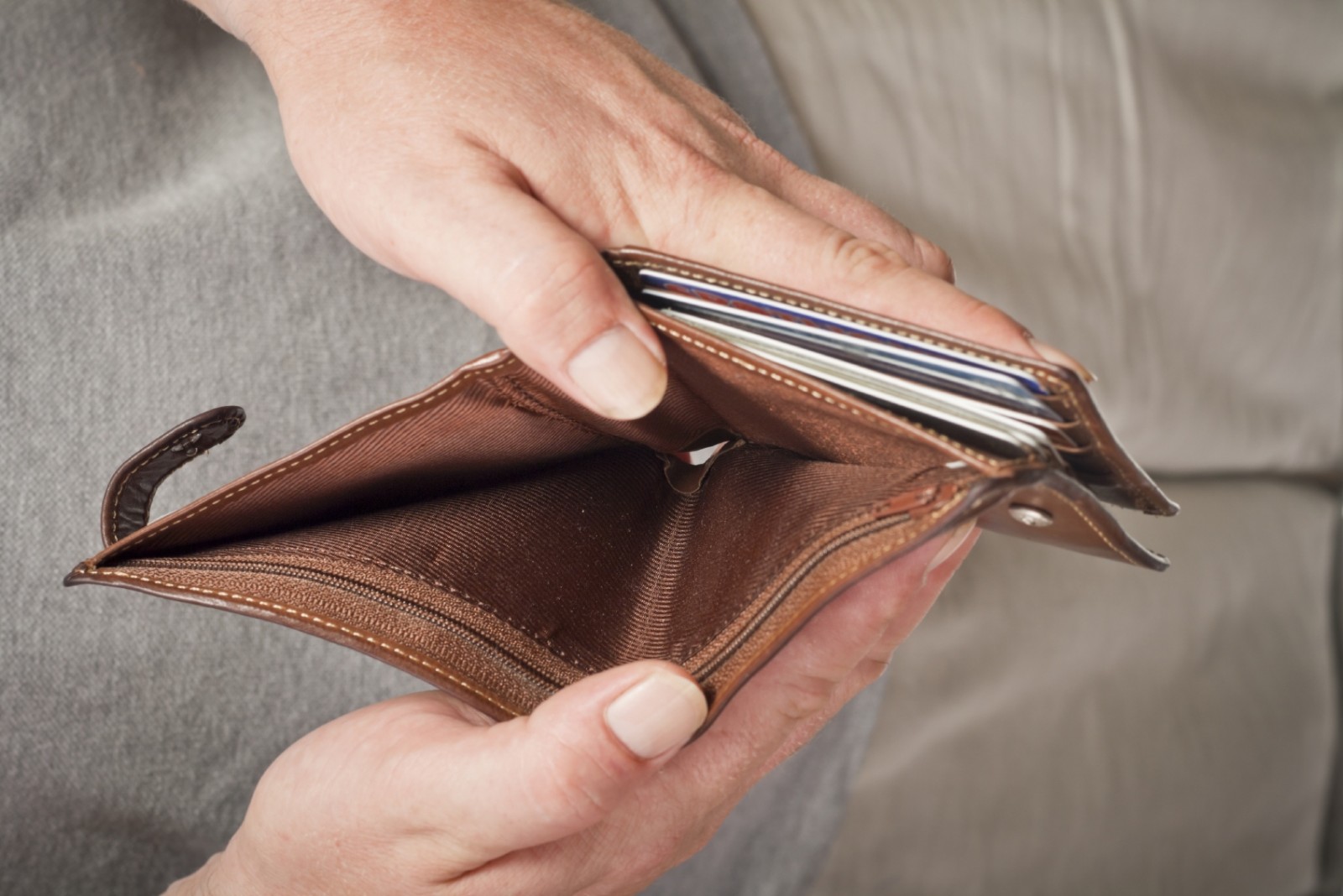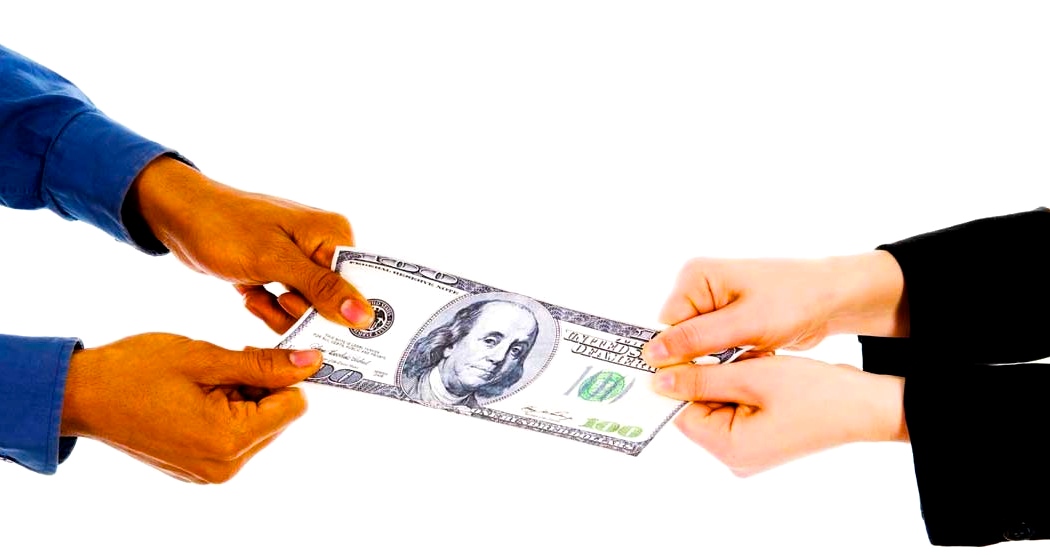
Imagine the reaction you would get if you walked into an off-the-hook fraternity party and shouted, “Stop this party! There are too many drunk people and some of you are going to get hurt.” That’s the same reaction you get when you try to tell people about an economic bubble.
It doesn’t matter if people were burned before because it is different this time. Actually, it is very different this time. We have a zombie economy that is artificially kept alive through blood transfusion, or if you prefer something more benign, think of the movie “Weekend at Bernie’s.” And there is a living, growing bubble that is ripe for a big burst.
Of course, one might retort, “We are the wealthiest nation in the world, the stock market just reached record highs, the housing is booming, the inflation is low and the unemployment is reasonable. What are you talking about?”
Let’s take a look at the economy first.
Zombie Economy
If you look at the overall GDP, yes, the U.S. is still #1. And even under the GDP per Capita, the U.S.is ranked 10th or so in the world, depending on the metrics. Not bad. However, the “average” statistics can be misleading. If I have $999 and you have $1, then on the average, we have $500 each, but that fact is not going to help you buy a coffee at Starbucks.
If you have not watched the viral video on wealth/income inequality in the U.S., please do so.
This inequality has only grown more rapidly since the crash of 2008, as Paul Krugman explains in the New York Times. To understand what is happening, imagine $1000 being distributed to 1000 people. In a socialist world, everyone will get $1. In the current version of the capitalist system, this is what is happening:
One guy gets $600, 9 other people get $39 each, and the remaining 990 peasants get 5 cents each.
If the Forbes 400 move to an island and establish their own country, it will have the 9th largest GDP in the world, ahead of Russia, Canada, Australia and 185 other countries.
If all the 2200 billionaires of the world decide to move to that island, it will be the wealthiest country in the world with a GDP twice that of the U.S.
So how are the American workers doing? About 25% of workers make $10 or less an hour. Another 25% make under $15/hr. Thus, half of all American workers make under $28,000 per year.
Good jobs are hard to come by. About 60% of the jobs created since the Wall Street crash of 2008 are low-wage jobs. Consider that more than 300,000 college graduates are working for minimum wage. In 2013 alone, 75% of the jobs created were part-time jobs. The real unemployment rate, including those who have stopped looking for jobs, is closer to 14%, twice the official rate.
Another factor that is helping the government rate is the fact that about 10,000 baby boomers are retiring every day and dropping out of the labor force.
With all these facts, it is not surprising that about 75% of all Americans are living from paycheck to paycheck. Half of the households carry an average of $15,000 in credit card debt. Americans are also saving at an abysmal rate of less than 3% of their disposable income.
Young Americans are in deep trouble as well. The total student debt is now more than $1 trillion, even more than the total national credit card debt.
In a nutshell, you can safely say that 0.1% of Americans are swimming in money, 1% are wealthy, 9% are comfortable and another 15% are truly middle class. The next 25% think they are middle class, but they are not. The rest - 50% - are just financially screwed.
Adding pain to all of this is the rising cost of living. Gas, health care expenses, rents, college tuitions have all been rising briskly every year. Even the famous “Big Mac Index” has gone up by 5% every year since 2008. According to some experts, the real inflation rate is around 11%. Thus, Americans have less and less disposable income every year. However, ask the Fed, they will tell you the inflation rate is about 2%. Fuggedaboutit.
Whoa! If we really have an anemic economy, how do we explain the stock market setting records day after day? And the booming housing market?
Fed-Fueled Frenzy
To understand that, we have to understand “quantitative easing” or “QE” – the unusual and monetary policy that the Federal Reserve Bank (Fed) has been engaging in for the last five years.
The official goal of quantitative easing is to inject money into the flailing economy to give it some life. What would you do if you had the task of giving more money to Americans? The simplest way would have been to enact a payroll tax cut since people would immediately see their paychecks go up.
But that would have been too logical. It will also violate the dogma that everything must involve the banks who would act as the middlemen skimming some cream off the top.
In a nutshell, the Fed has been doing two things: A) Buying government bonds and thus letting the government get into more debt, and B) giving free money – at 0% interest – to banks who have been primarily passing it on to billionaires and corporations at low interest.
(By the way, where does the Fed get all the money from? In the Bible, God said, “Let there be light.” In our world, the Fed says, “Let there be trillions of dollars.”)
Even when it has to buy bonds from the U.S. Treasury, the Fed does not buy them directly. Instead, it goes through Goldman Sachs who takes a cut of $45 billion every month just for a few clicks on the computer to buy and sell those bonds.
Corporations have been using the low-interest money in one big way: buying back their own shares. Since 2008, they have been buying back their own shares at a rate of about $1 trillion every year. Of course, regardless of who buys the shares, the rules of supply-demand make the share prices go up. Also, reducing the number of shares automatically makes the value of existing shares go up.
So, the math is simple: borrow a few billion dollars at 3%, buy back your shares and make the price go up by 100%. See, you really don’t need an MBA from Harvard.
Cheap money has also fueled mergers and acquisitions (M&A) which are other means to make the stock prices go up. This means that Facebook can afford to buy Instagram for a billion or dangle three billions in front of Snapchat. Other examples include American Airlines merging with US Airways, Warren Buffett buying Heinz, Comcast buying NBC, Michael Dell buying out Dell Inc. etc.
Banks also love M&A since as one division of JP Morgan hands out the loan, another division gets a cut from servicing the M&A process, a third division comes on CNBC and tells the world how great the M&A is, and a fourth division of JP Morgan makes money by betting on the same stock.
Housing Bubble
As you can see, the use of QE by the Federal Reserve has not benefited the average American. Although Citibank gets money from the Fed at zero percent, it will still charge you 15-30% for its credit cards. If you try to get a loan for your small business, the less money you need, the more the interest rate. Go figure.
However, there is one way that Joe Schmoe can get his hands on the easy money, and that is to buy a house.
Banks love giving out loans for homes. First of all, it’s easier to process one loan for $500,000 than to give 10 loans for $50,000 (as it would be for a small business loan). Second, as they loan out more money, they fuel the increase in price of homes which means larger loans and larger mortgage payments. Third, as the house prices go up, people come back to the same banks for additional loans such as home equity loans – more business for the banks. Fourth, if the bubble explodes, banks can always repossess the homes. It’s a win-win-win-win proposition.
The Fed has further made it easier for banks to lend more loans for home purchases by buying back the mortgages from the banks. So, imagine the Fed gives a million dollars to Chase Bank. Chase then gives you that money to buy a house. Now they can’t give out another loan. However, under QE, Chase goes back to the Fed and sells your mortgage papers. Fed looks at it and says, “Wow, this is a great asset! Good job, Chase Bank. I will create some more dollars out of thin air and buy this from you.” Now Chase has more money to give away for new home buyers.
In the real world, the banks collect many mortgage loans and package them together as “Mortgage Backed Securities” or “MBS.” And the Fed has been buying $40 billion worth of MBS every month.
Before 2008, a similar Ponzi scheme was used and the MBS were sold to pension funds, mutual funds and foreign countries. That is why it was no coincidence that when the housing market crashed, the stock market also crashed and countries such as Greece, Spain, Iceland, Portugal, Ireland and Italy went down all at the same time.
Many people don’t realize that the banks in the U.S. and Europe act as one. The Europeans might as well rename their banks as “Le Goldman Sachs” or “Das JP Morgan.” That is why it is important to note here that there are huge housing bubbles in Canada and the United Kingdom brewing right now and when they burst, Americans will feel the pain as well.
Big corporations and hedge funds also used the cheap money from the Fed to buy properties all over America after the crash of 2008. Companies like Blackstone scooped up more than 200,000 homes at low prices and are either renting them out or selling at profits to individual buyers who don’t realize why the prices of homes went up in the first place. Blackstone, by the way, is now the largest landlord in the U.S.
Finally, although the subprime mortgage business has been dormant in the U.S. for the last five years, it is heating up again. Banks have even started creating another crisis, although smaller in magnitude, through subprime car loans.
The three big conclusions in this matter are:
-
This is not a true free-market economy. “Fiat currency” is created out of thin air, interest rates are artificially kept low, and the money is given to a few narrow sectors of the economy. It is both trickle-down economics on steroids as well as a massive wealth transfer from the middle class to the uber-rich.
-
You cannot pave your way to prosperity by printing money or creating bubbles which create a false sense of wealth. Wealth has to come from real wages through jobs where people actually do or create something.
-
The only reason that the Fed’s actions have not tanked the value of dollar is that the dollar still remains the “world reserve currency.” However, that is being challenged and questioned every day.
Timing of the Crash
At the outset, it must be said that a handful of people are warning about the follies of QE and the frothy bubbles. Robert Schiller, the Nobel prize winner for economics in 2013, has been voicing his fears about the stock and housing bubbles. Andrew Huszar, the former Fed official in charge of QE, has confessed that it was and is a huge mistake.
The three major possible factors that can burst the bubbles are the tapering of QE by the Fed, prolonged government shutdown or the devaluation of dollar.
The Fed has said that it will stop QE when the economy picks up - whatever that means, since the official inflation and unemployment numbers, as we saw, are dubious. Many expect the end of QE to happen sometime in 2014.
A key unknown is if the Fed can wean the Wall Street speculators off QE without raising the interest rates. If the Fed manages to keep the cheap money flowing, then tapering alone might cause a large “correction” in the stock market as well as the housing market, but not a crash.
A government shutdown that leads to a default on the treasury bonds – basically, America skipping its credit card payment – will lead to a major panic in the world market and a rise in the interest rates of the treasury bonds which will mean huge spikes in mortgage rates. If this happens, the bubble will burst like a thunder.
The future of the dollar depends a lot on China. China, the largest creditor of the U.S., has made it clear that it no longer wants to keep loading up on U.S. debt. This means the U.S. government has to borrow less and cut its spending – think “austerity” programs, European-style. Democrats and Republicans will be fighting over which programs to cut – military or social security – and thus increasing the chance of government paralysis.
Currently, what keeps up the mojo of dollar is the fact that oil is always sold in dollars. So, any country that wants to buy oil has to convert it to U.S. dollars first and then use the dollars to buy oil. This is the so-called “petrodollar.”
But guess who is now the largest importer of oil in the world? China. And it’s setting the stage to start trading oil in its own currency, Yuan (also known as renminbi). During the U.S. debt-ceiling drama when there was a fear of default, the official news agency in China called for a “de-Americanized world.” China is also buying so much gold that it likely has the second largest reserve in the world. There are many other signs that China foresees a world without the supremacy of U.S. dollar.
There are also challenges to the dollar (and the Central Banks) coming from the digital world, thanks to virtual, crypto currencies such as “Bitcoin.” Bitcoins are limited in quantity, the protocol is completely decentralized and there are many features that make it attractive. When the U.S. Senate has a hearing on Bitcoins, you know that it is not a digital fantasy.
What it all means is that, in the last scenario, when the value of dollar starts to go down, interest rates will climb. People who are used to 4% mortgage rates don’t remember that in the 1990s, interest rates used to be around 9%; in the early 1980s and 1970s, mortgage rates were closer to 20%. Imagine the effect of even an 8% mortgage rate on the current housing market.
In conclusion, going back to the frat party analogy, it’s hard to predict exactly when the party will come to an end. If I must, I will go out on a limb and say 2015 or 2016, and that the bubbles in the U.S., U.K. and Canada will burst at the same time. And, of course, everybody in the mainstream media will be shocked that there was a bubble, and they will assure you that nobody could have seen the crash coming.
3 WAYS TO SHOW YOUR SUPPORT
- Log in to post comments













